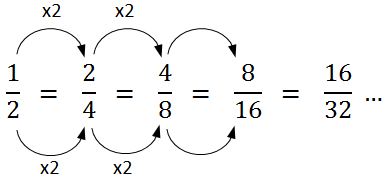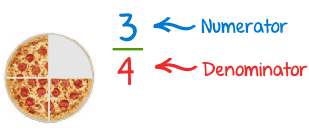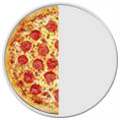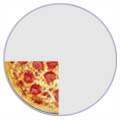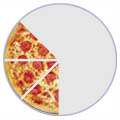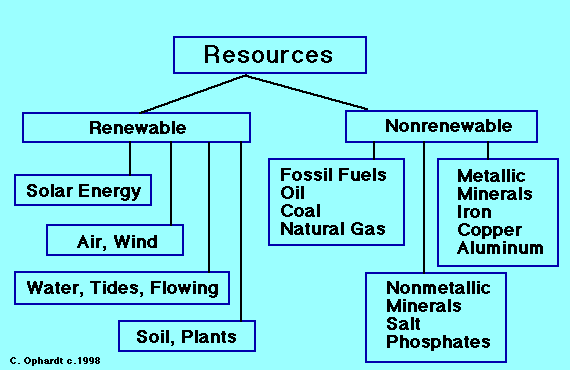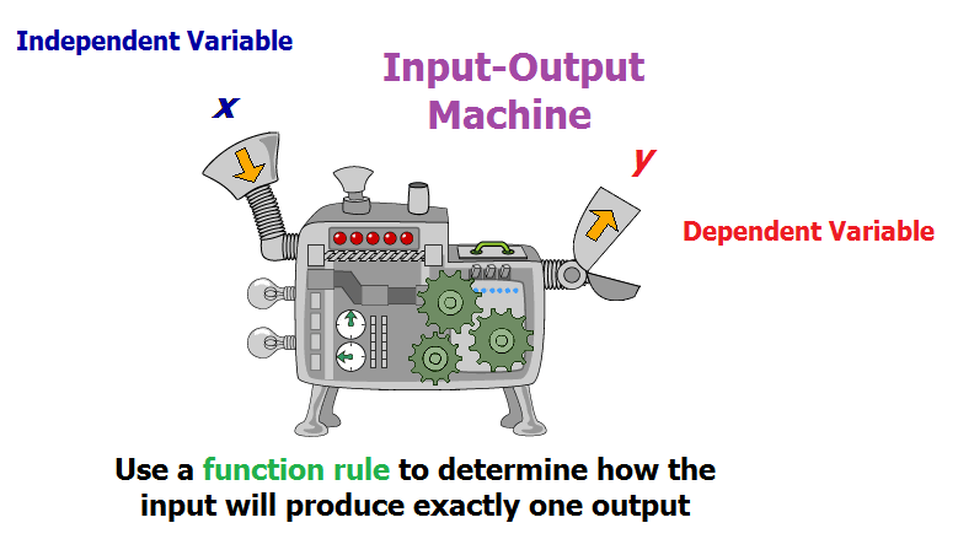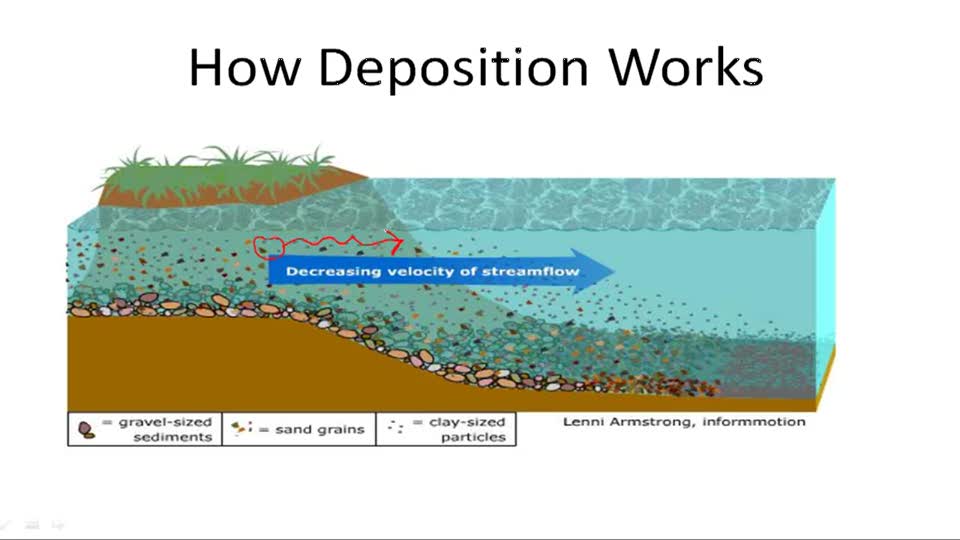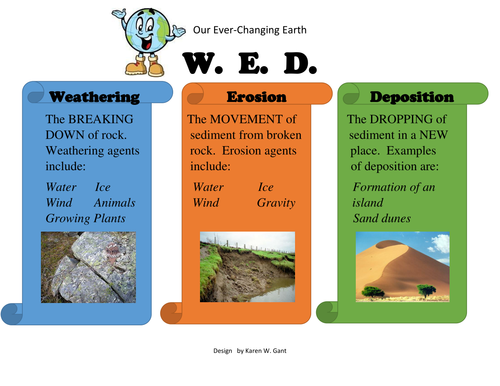A THERMOMETER measures the air temperature. Most thermometers are closed glass tubes containing liquids such as alcohol or mercury. When air around the tube heats the liquid, the liquid expands and moves up the tube. A scale then shows what the actual temperature is.
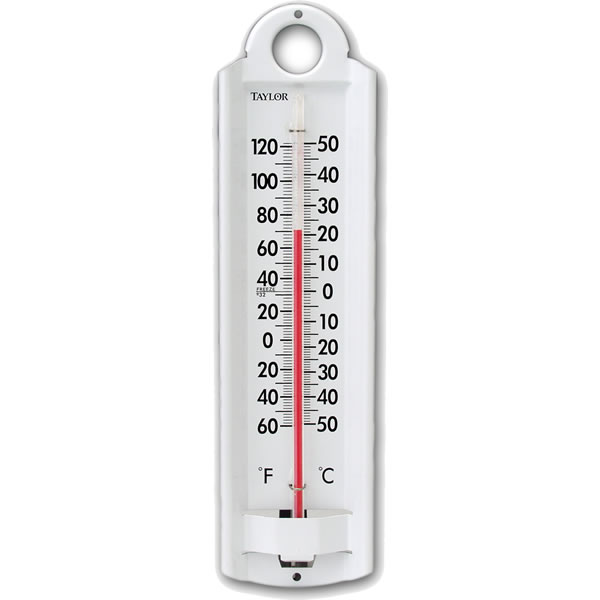
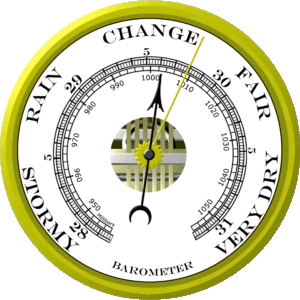
A RAIN GAUGE measures the amount of rain that has fallen over a specific time period.

A WIND VANE is an instrument that determines the direction from which the wind is blowing.
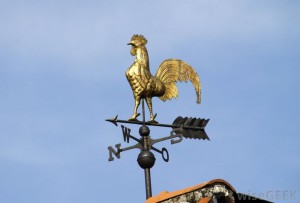
A WIND SOCK is a conical textile tube, which resembles a giant sock, designed to indicate wind direction and relative wind speed.
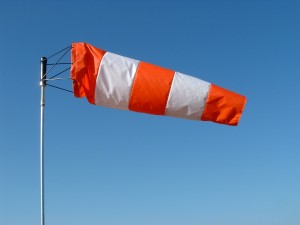
An ANEMOMETER measures wind speed. The cups catch the wind, turning a dial attached to the instrument. The dial shows the wind speed.
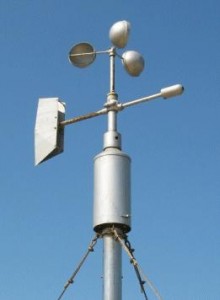
A HYGROMETER measures the water vapor content of air or the humidity.
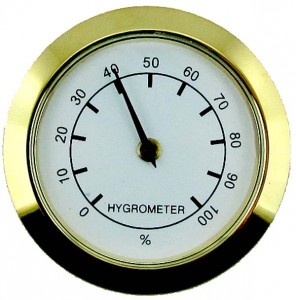
A WEATHER BALLOON measures weather conditions higher up in the atmosphere.
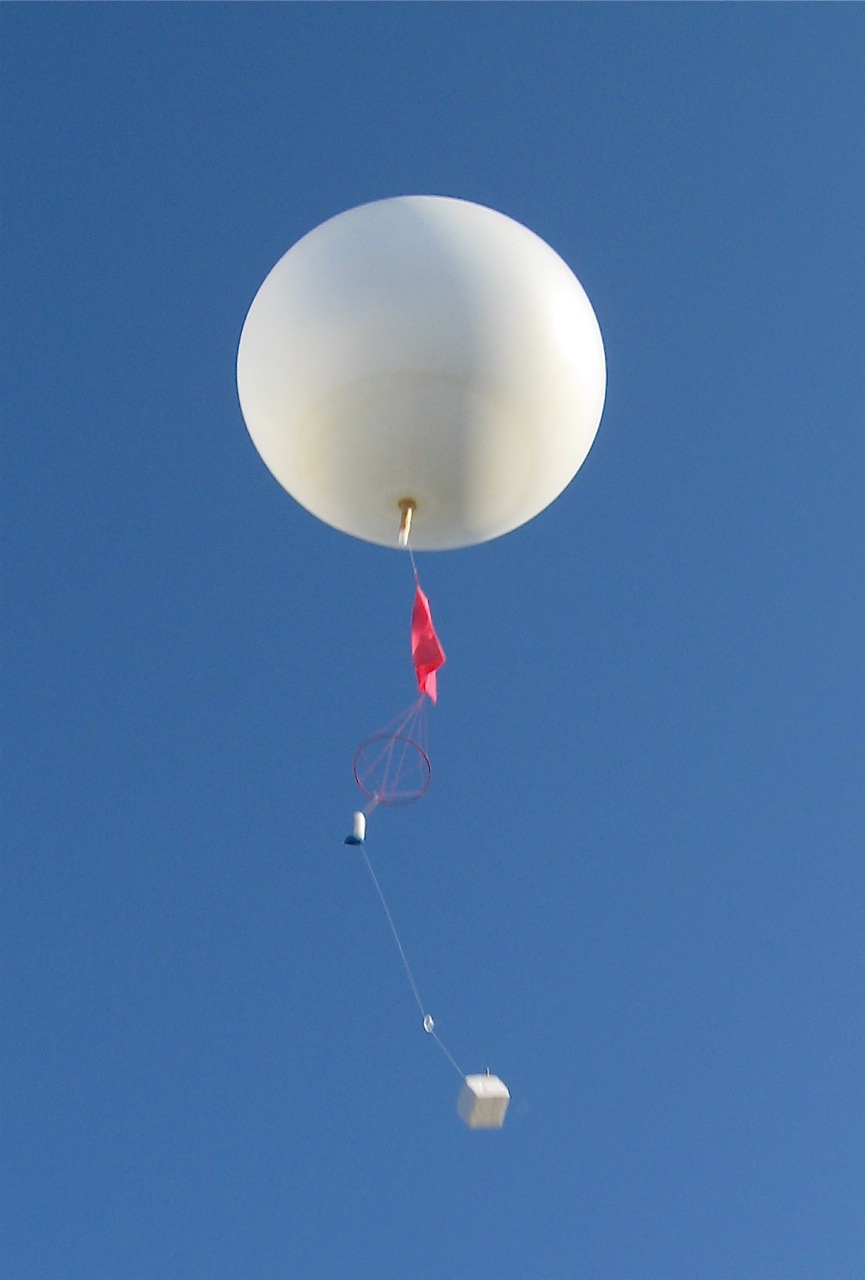
WEATHER SATELLITES are used to photograph and track large-scale air movements. Then meteorologists compile and analyze the data with the help of computers.
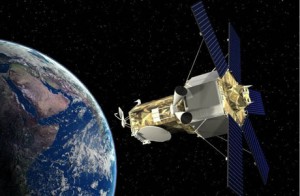
WEATHER MAPS indicate atmospheric conditions above a large portion of the Earth’s surface. Meteorologists use weather maps to forecast the weather.
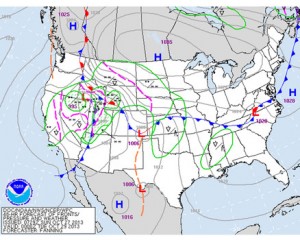
Here are some games related to this concept:

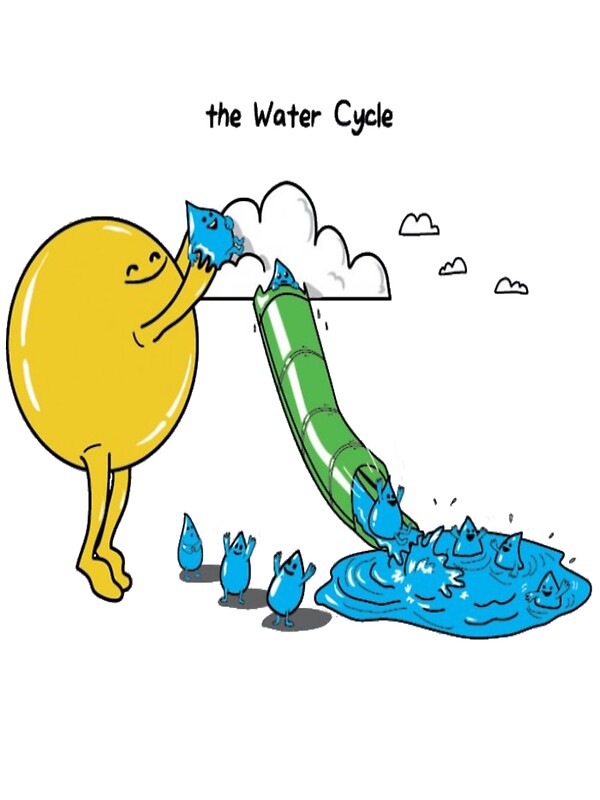








 So,
So, 


